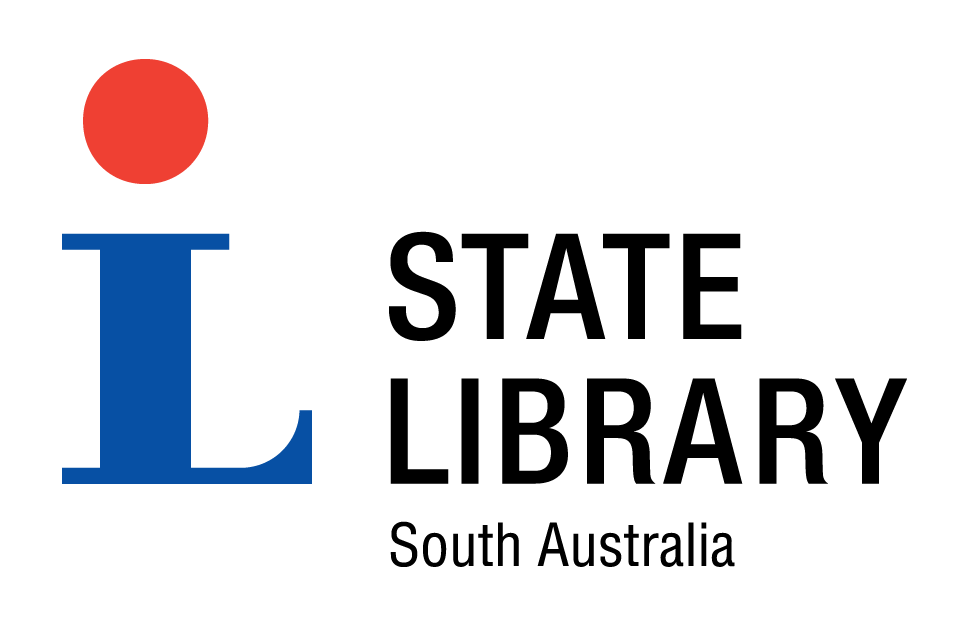
Camel herd grazing |
|||
|---|---|---|---|
| Title : | Camel herd grazing |

|
|
| Date of creation : | ca. 1930 | ||
| Dimensions : | 200 x 155 mm | ||
| Contributor : | State Library catalogue | ||
| Catalogue record | |||
| The State Library of South Australia is keen to find out more about SA Memory items. We encourage you to contact the Library if you have additional information about any of these items. | |||
| Copyright : | Reproduction rights are owned by State Library of South Australia. This image may be printed or saved for research or study. Use for any other purpose requires permission from the State Library of South Australia. To request approval, complete the Permission to publish form. |
| Description : |
Camels grazing in outback South Australia; exact location not known. Camels were first introduced to Australia in the 1840s to be used as beasts of burden in desert exploration. However the major move was in 1866 when Sir Thomas Elder imported large numbers of camels and established a breeding stud at Beltana. Throughout the late 19th century the animals were essential in the construction of railway and telegraph lines and were used extensively by hawkers carrying goods to remote stations. Following the introduction of railways and later road transport, large numbers of camels were turned loose in the outback where they bred successfully and in large numbers. |
| Subjects | |
| Period : | 1927-1939 |
| Region : | Flinders Ranges and Far North - Outback |
| Further reading : | Rolls, Eric C. They all ran wild: the story of pests on the land in Australia, London : Angus & Robertson, 1977 Strahan, Ronald, ed. The mammals of Australia: the national photographic index of Australian wildlife, Chatswood, N.S.W. : Reed Books : The Australian Museum, 1995 McKnight, Tom L. The camel in Australia [Melbourne]: Melbourne University Press, [1969] |
| Internet links : | Feral Animals in Australia : Australian Government Department of the Environment and Water Resources website |


